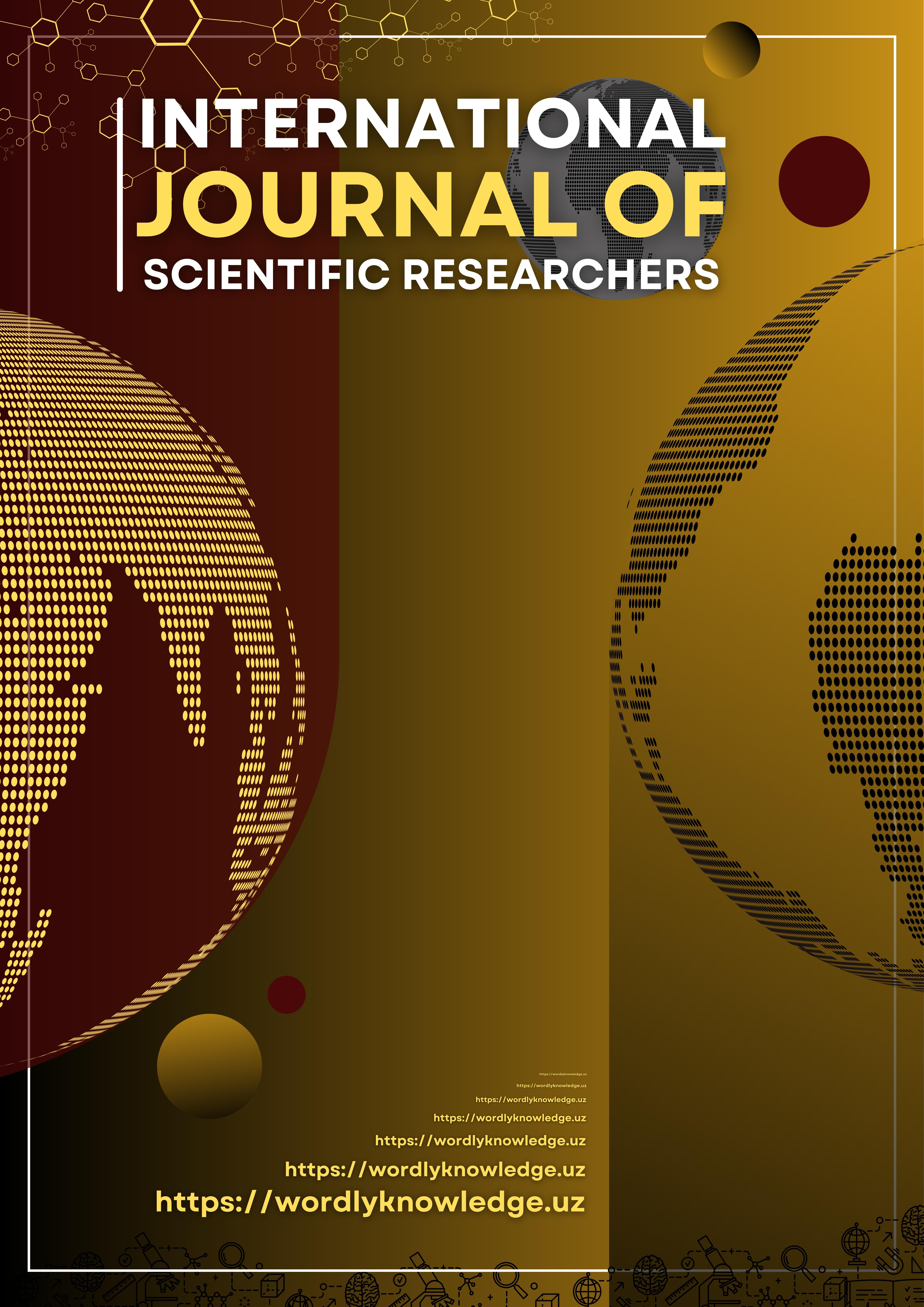SEPARATION OF ELEMENTS INSTEAD OF VERBS INTO SYNTAXEMAS IN ENGLISH AND UZBEK
Keywords:
syntactic-semantic, differential syntactic, syntax, procedurality, substantiality and qualificationAbstract
the aim of this article is to determine the differential syntactic and semantic features of the elements in the place of the participle, their typology and to find the forms of isomorphism and allomorphism of the syntactic elements in the place of the participle in both languages, to explain their expression options, and it consists in clarifying that it can be combined with differential syntactic and semantic symbols by means of syntactic relations. In determining the differential syntactic-semantic features of the elements that are part of a scientific article, work is carried out based on junctional and component models, and the analysis of sentences by dividing them into components and syntaxes complements each other.
References
Cook G. Discourse and Literature. - Oxford: Oxford University Press, 1994. – P. 242.
Теньер Л. Основа структурного синтаксиса: Перевод с франц. - Редкол.: Г.В.Степанов (Предисловие) и др.- Вступ. статья и общ. ред. В.Г.Гака. - М.: Прогресс, 1988. – С.53.
Gruber J.S. Lexical Structures in Syntax and Semantics. – Amsterdam, 1996. – P. 48-49.
Мухин А.М. Синтаксемный анализ и проблемы уровней языка. – Л.: Наука, 1980. – C. 155.
Исхаков Ф.Г. Имена действия и состония в современном узбекском языке (формы на – и(ш), -моқ, -(у)в): Автореф. дис. … канд. филол. наук. - Самарканд: СамГУ, 1960. – С. 12.
Марузо Ж. Словарь лингвистических терминов. – М.: Лит. на иностр. языке, 1960. – С. 136.

